
As the superchain vision gains momentum, OP Stack builders are increasingly confronted with a core challenge: how to enable seamless cross-chain composability for rollups without sacrificing security, speed, or decentralization. Espresso Systems has emerged as a key infrastructure provider in this arena, offering solutions that address the pain points of fragmented liquidity and siloed execution environments across Layer 2s. This practical guide explores how Espresso’s decentralized confirmation layer and shared sequencing model are reshaping the landscape for OP Stack chains.

Why Cross-Chain Composability Matters for Rollups
Rollups have dramatically improved Ethereum’s scalability, but their proliferation has led to a new form of friction: liquidity fragmentation and poor user experience when interacting across chains. Traditional cross-chain bridges are slow and often expose users to additional risk. For developers building on the OP Stack, this fragmentation means capital inefficiency and limited scope for applications that require atomic interactions across multiple rollups.
Espresso Systems addresses these challenges by providing:
Key Benefits of Espresso’s Cross-Chain Layer for OP Stack Builders
-
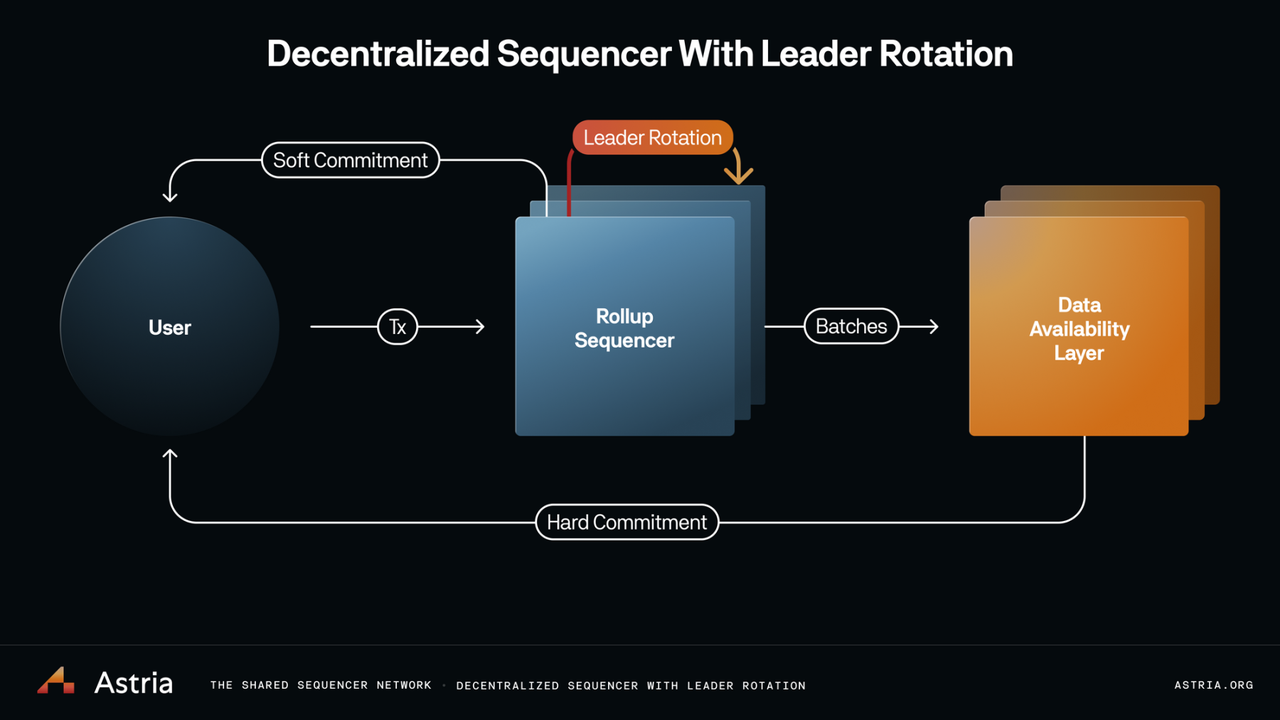
Fast, Reliable Confirmations: Espresso leverages the HotShot consensus protocol to confirm transactions within seconds, enabling near-instant cross-chain interactions for OP Stack rollups.
-
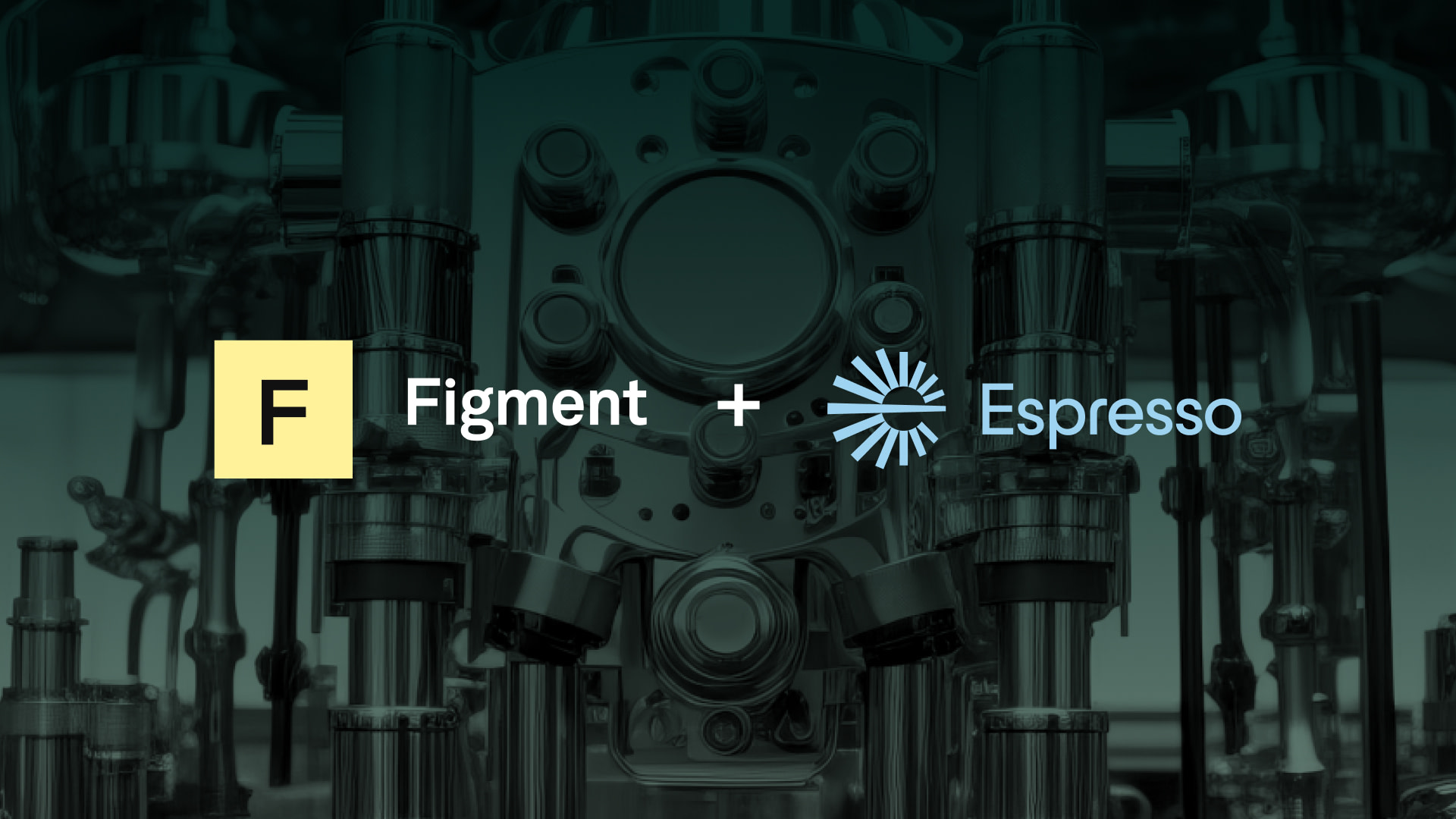
Decentralized Sequencing: By supporting decentralized sequencing, Espresso eliminates single points of failure and enhances censorship resistance for OP Stack chains.
-

Enhanced Security: The confirmation layer prevents sequencer equivocation and protects against chain reorgs, offering stronger security guarantees for rollups integrated with OP Stack.
-
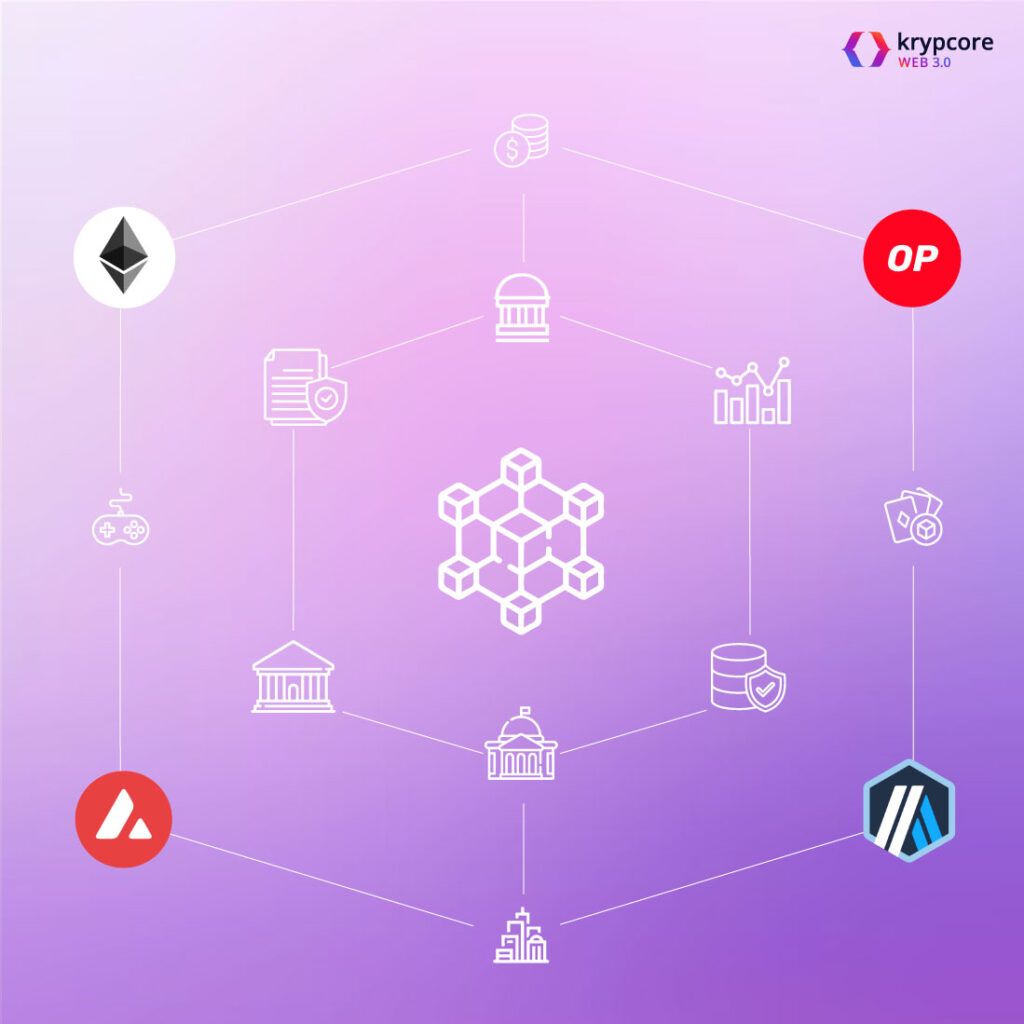
Improved Cross-Chain Composability: Fast confirmations and interoperability enable capital-efficient cross-chain trading and seamless liquidity aggregation across multiple rollups.
-

Flexible, Low-Cost Data Availability: Espresso provides its own efficient data availability solution and supports integration with Anytrust, EigenDA, Celestia, or Ethereum, giving builders cost-effective and customizable options.
-
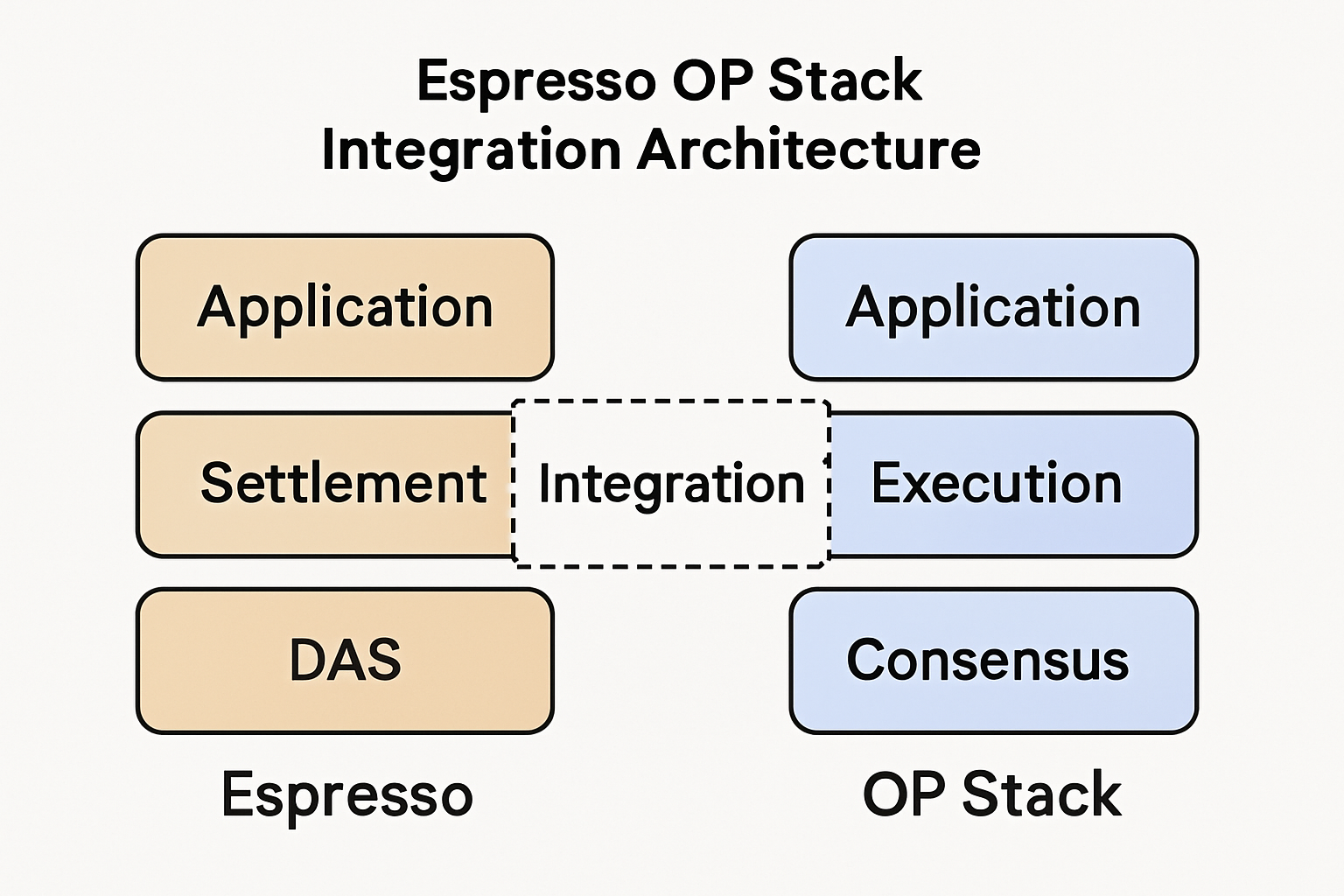
Seamless OP Stack Integration: Espresso’s proof-of-concept integration ensures that L2 block sequences are deterministically derived from Espresso’s output, reducing reliance on L1 finality and speeding up transaction confirmations.
The Espresso Approach: Fast Confirmations and Decentralized Sequencing
At the heart of Espresso’s solution is its HotShot consensus protocol, which delivers transaction confirmations within seconds. This near-instant finality is crucial for enabling real-time composability between rollups. By integrating with Espresso’s confirmation layer, OP Stack chains can rely on a neutral, decentralized network to sequence blocks and validate transactions – removing the single points of failure seen in centralized sequencers.
This design not only improves censorship resistance but also ensures that each L2 block sequence is deterministically derivable from Espresso’s output. As a result, cross-rollup transactions can be confirmed much faster than waiting for Layer 1 (L1) Ethereum finality – a breakthrough for apps that need rapid trade settlements or multi-chain DeFi operations.
OP Stack Integration: How Builders Can Get Started
Espresso has released a proof-of-concept integration with the OP Stack that enables any compatible rollup to opt into shared sequencing and fast confirmations. This integration allows builders to:
- Enhance security: Prevent sequencer equivocation and protect against reorgs by relying on decentralized consensus.
- Improve composability: Facilitate atomic swaps and complex contracts spanning multiple chains without cumbersome bridging delays.
- Select optimal data availability: Use Espresso’s low-cost DA solution or plug into alternatives like EigenDA or Celestia based on project needs.
This flexibility positions Espresso as an attractive base layer for developers seeking to build next-generation dApps that thrive in an interconnected superchain environment. According to Espresso’s documentation, the integration ensures deterministic block production while allowing each chain to maintain its own sovereignty over settlement logic.
For OP Stack builders, the implications of Espresso’s approach are profound. Developers can now architect applications that rely on rapid, trust-minimized cross-rollup messaging, unlocking new design patterns in DeFi, gaming, and onchain coordination. Instead of waiting minutes for Layer 1 confirmations or navigating the complexity of bespoke bridge protocols, teams can leverage Espresso’s HotShot-powered confirmation layer for near-instant composability and shared sequencing. This is a significant leap forward for user experience and capital efficiency.
Espresso’s integration model is not prescriptive, it gives builders agency over their infrastructure stack. Projects can choose to use Espresso’s own data availability (DA) layer for cost savings or opt into other DA providers like EigenDA or Celestia. This modularity helps teams optimize for their unique trade-offs between speed, cost, and security while still benefiting from the unifying effect of shared sequencing across OP Stack rollups.
Navigating Superchain Interoperability: What to Watch
As more rollups plug into decentralized sequencing solutions like Espresso, the superchain thesis moves closer to reality. But there are still open questions around standardization of cross-chain messaging formats, fee reconciliation across multiple sequencers, and UX best practices for multi-rollup wallets and dApps.
Key Considerations for Integrating Espresso with OP Stack
-
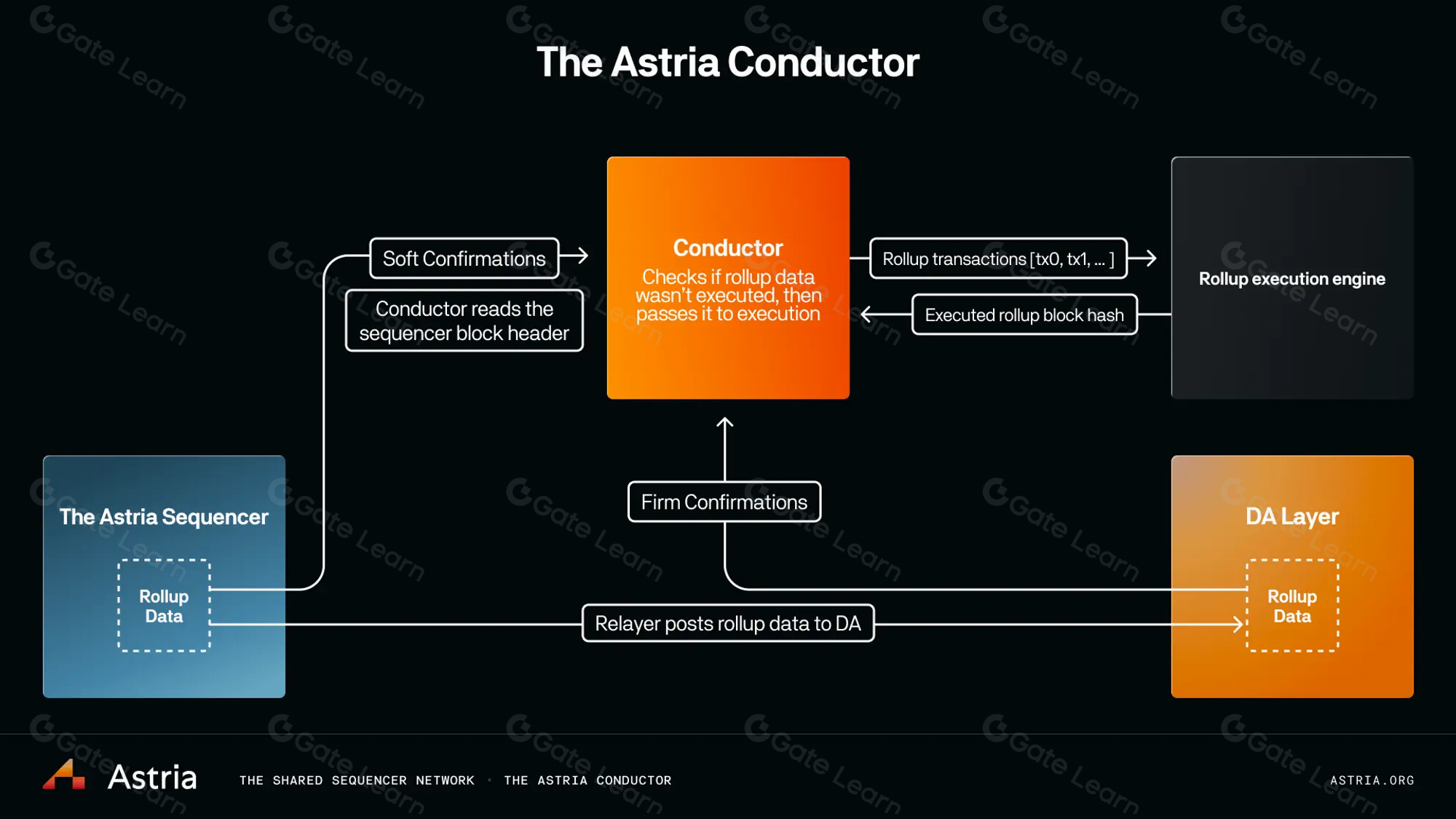
Assess Decentralized Sequencing Benefits: Evaluate how Espresso’s decentralized sequencer can enhance your OP Stack rollup’s censorship resistance and reduce single points of failure compared to centralized sequencing solutions.
-

Leverage Fast Confirmations for Cross-Chain UX: Take advantage of Espresso’s HotShot consensus protocol to enable near-instant transaction confirmations, improving user experience for cross-chain applications and reducing settlement risk.
-
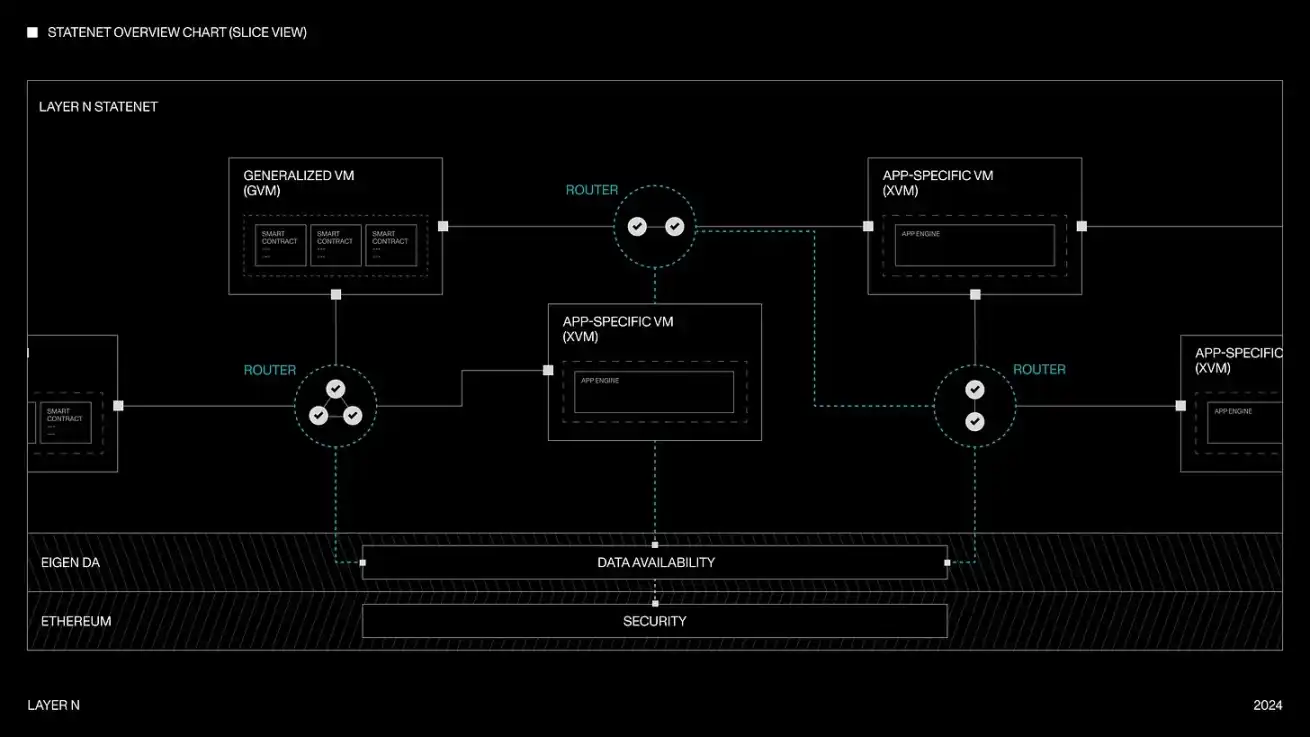
Plan Data Availability Strategy: Decide whether to utilize Espresso’s low-cost data availability layer or integrate with alternatives like EigenDA, Celestia, Anytrust, or Ethereum, balancing cost, scalability, and security needs.
-
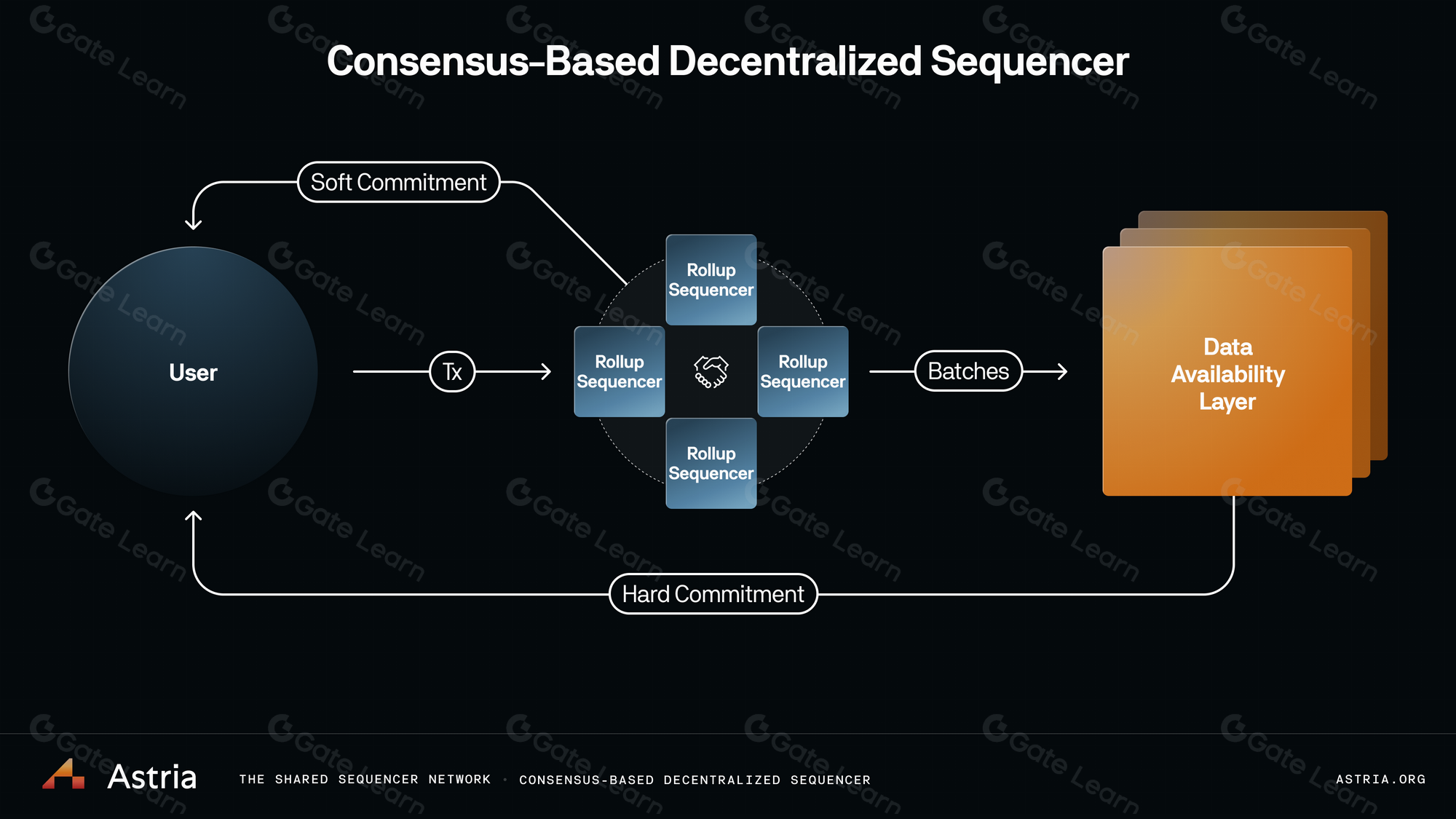
Ensure Deterministic Block Derivation: Confirm that your OP Stack chain can deterministically derive L2 block sequences from Espresso’s output, as required by the integration proof-of-concept for seamless composability.
-

Evaluate Security Enhancements: Understand how Espresso’s confirmation layer protects against sequencer equivocation and reorgs, providing stronger security guarantees for your rollup ecosystem.
-
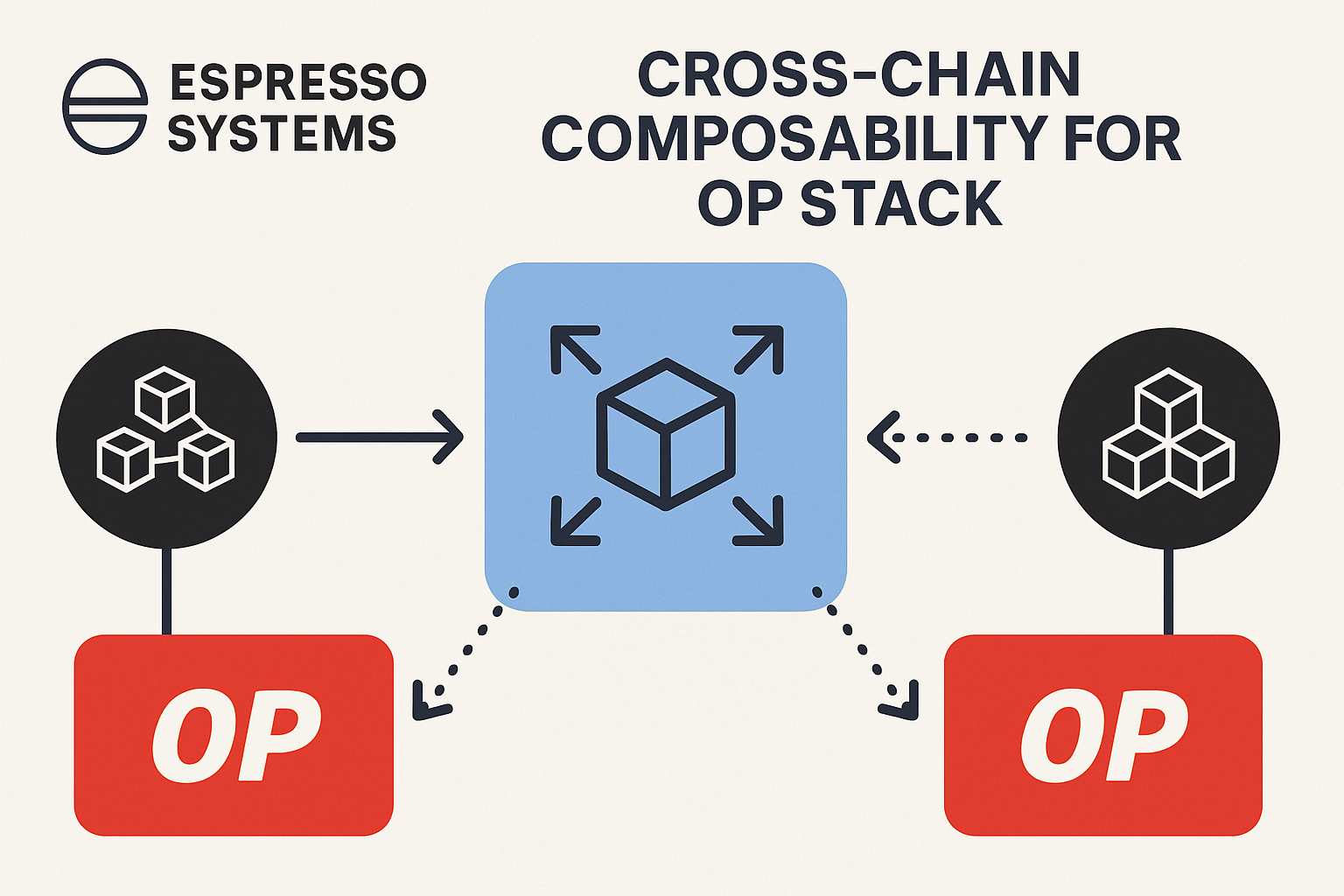
Optimize for Cross-Chain Composability: Design your dApps and protocols to utilize Espresso-enabled fast cross-rollup messaging, unlocking capital efficiency and liquidity aggregation across multiple OP Stack and other integrated rollups.
Builders should also monitor ongoing research from Espresso Systems on topics such as:
- Atomicity guarantees across heterogeneous rollup stacks
- Advanced fraud proofs to further decentralize sequencing
- Circular dependency prevention in complex multi-rollup transactions
The pace of innovation is high, and so is the need for collaboration between protocol teams working toward shared interoperability standards.
The Road Ahead for Rollup UX and Liquidity Aggregation
The ultimate promise of decentralized rollup infrastructure like Espresso is a frictionless user experience where liquidity flows freely across chains and dApps interoperate as if they were built on a single monolithic network. For OP Stack builders, this means new opportunities to build products that aggregate liquidity pools, enable seamless asset transfers, and provide unified interfaces spanning multiple L2s.
Yet the transition will require careful engineering, especially around edge cases involving reorgs or sequencer downtime. Fortunately, Espresso’s architecture is designed with these scenarios in mind; its decentralized confirmation layer guards against equivocation while providing robust guarantees even during adverse network conditions. For teams ready to experiment at the frontier of superchain interoperability, now is an opportune moment to get involved with testnet deployments and community discussions.
The superchain era will be defined by projects that embrace open standards and interoperable infrastructure. By leveraging solutions like Espresso Systems’ cross-chain confirmation layer, OP Stack builders can position themselves at the forefront of this transformation, delivering richer user experiences and catalyzing greater liquidity aggregation across the entire ecosystem.







